Here’s the product description, features, and applications of the 3kW / 24VDC / 240VAC SNADI High-Frequency MMPT Hybrid Solar Inverter with a 60A MMPT:
Product Description:
The 3kW / 24VDC / 240VAC SNADI High-Frequency MMPT Hybrid Solar Inverter is a dependable and efficient solution for integrating solar power into your residential or small-scale off-grid setup. This hybrid inverter combines a 60A Maximum Power Point Tracking (MMPT) solar charge controller with battery management and AC power conversion. Its high-frequency design contributes to its compact size and ease of installation. Offering multiple operating modes, this inverter allows you to maximize the utilization of solar energy, store excess power in batteries, and provide a reliable 240VAC supply for your appliances.
Key Features:
- 3kW Power Output: Delivers a continuous AC power output of 3kW, suitable for powering essential household appliances, lighting, and electronic devices.
- 24VDC Battery Compatibility: Designed to work with 24V nominal battery systems, providing flexibility in choosing your battery technology (e.g., lead-acid, lithium-ion).
- 240VAC Output: Provides a stable and clean 240VAC pure sine wave output, ensuring compatibility with a wide range of electrical loads.
- 60A MMPT Solar Charge Controller: Incorporates an advanced Maximum Power Point Tracking algorithm with a 60A charging current. This maximizes the energy harvested from your solar panels, optimizing system efficiency and ensuring faster battery charging.
- Hybrid Operation: Intelligently manages the flow of energy between solar panels, batteries, and the AC loads. It can prioritize solar energy use, charge batteries from solar, and provide power from batteries when needed.
- Multiple Operating Modes: Offers versatility to suit different energy requirements:
- Off-Grid: Operates independently from the utility grid, relying solely on solar and battery power.
- Grid-Tie with Battery Backup (AC Coupling): Can be integrated into a grid-tied system (requires additional setup) to charge batteries and provide backup power during outages.
- Solar First: Prioritizes using solar energy to power loads and charge batteries. Excess solar can potentially be fed back to the grid (depending on local regulations and setup).
- Battery First: Primarily powers loads from the battery, charging the battery from solar and/or the grid (if connected).
- High-Frequency Design: Results in a more compact and lighter inverter, simplifying installation and potentially reducing transportation costs.
- Intelligent Battery Management: Protects batteries from overcharging, over-discharging, and over-temperature, contributing to a longer battery lifespan and safe operation.
- Comprehensive Protection Features: Includes safeguards against overvoltage, undervoltage, overload, short circuit, reverse polarity, and over-temperature, protecting the inverter and connected equipment.
- User-Friendly Interface: Typically features an LCD display that provides essential information about the system’s performance, such as solar input voltage and current, battery voltage, AC output voltage and current, and operating mode.
- Communication Options: Often equipped with communication ports (e.g., RS232, USB) for monitoring and configuration.
Typical Applications:
- Small Off-Grid Homes and Cabins: Providing a primary power source in locations without access to the utility grid.
- Remote Homes and Lodges: Offering a reliable power solution for independent living.
- Backup Power Systems: Ensuring essential appliances and lights remain operational during power outages.
- Mobile Applications: Powering equipment in RVs, boats, and other mobile setups with solar charging capabilities.
- Telecommunication and Monitoring Sites: Providing power for remote equipment.
- Educational and DIY Solar Projects: A suitable inverter for learning about and experimenting with solar power systems.






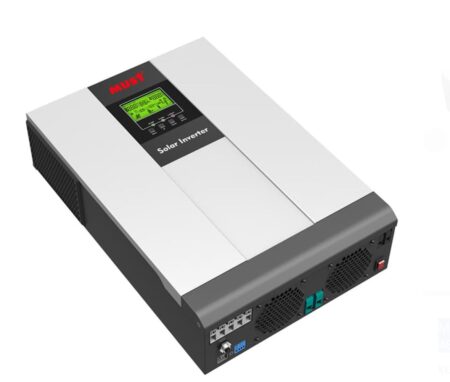
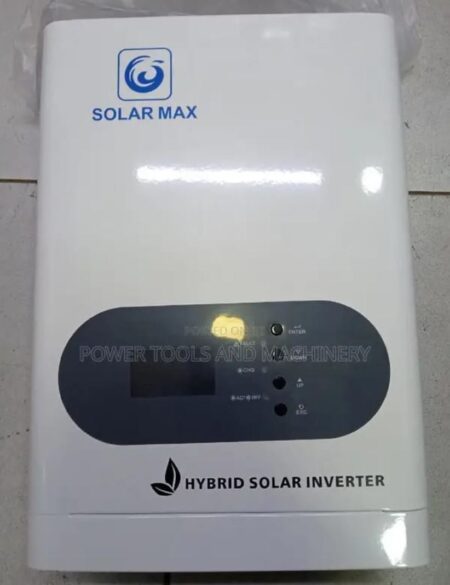
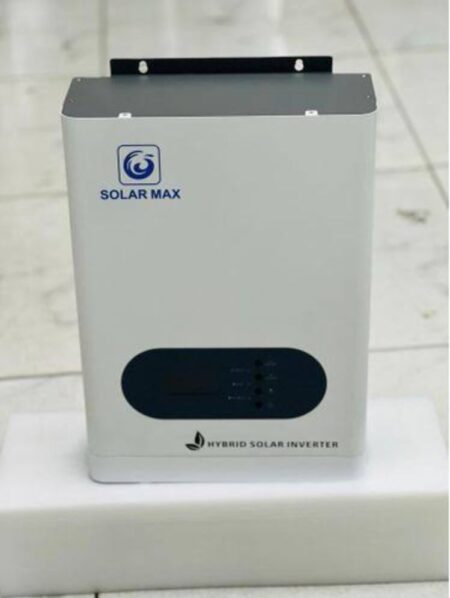
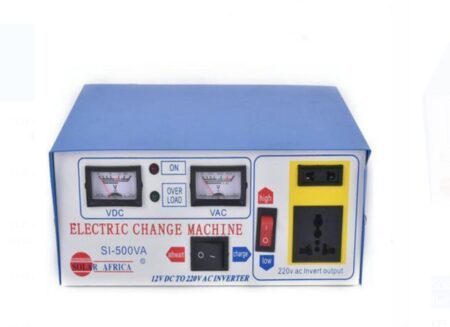

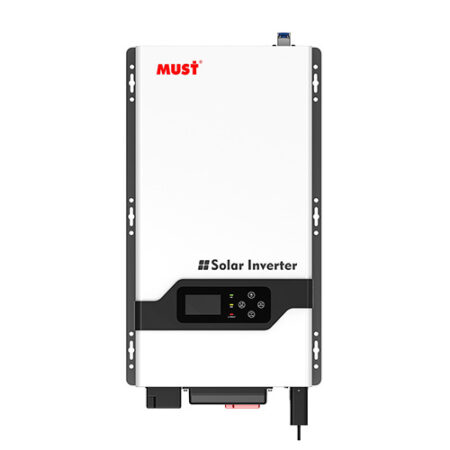
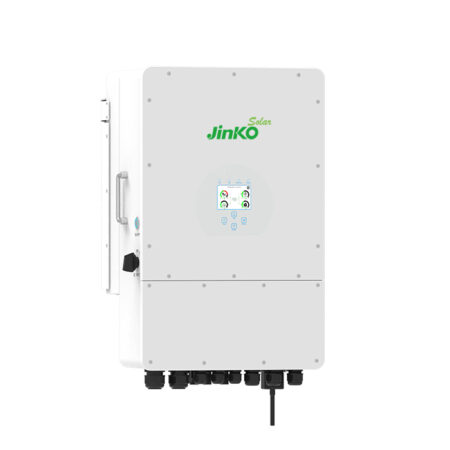
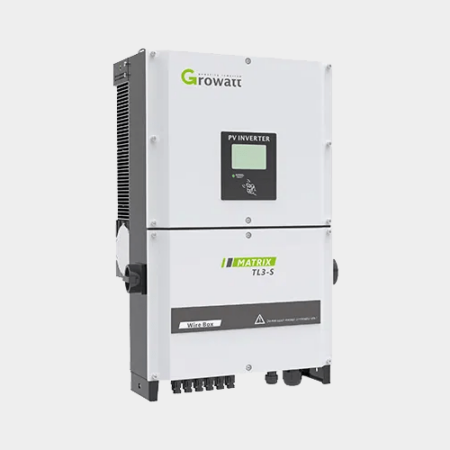

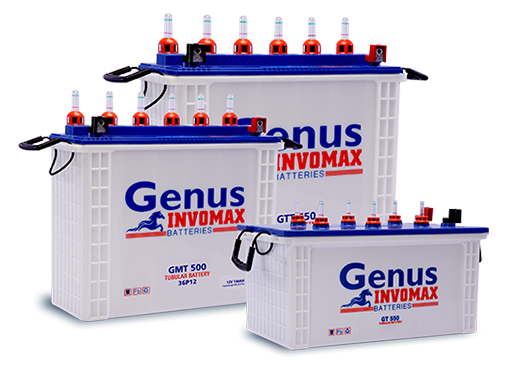
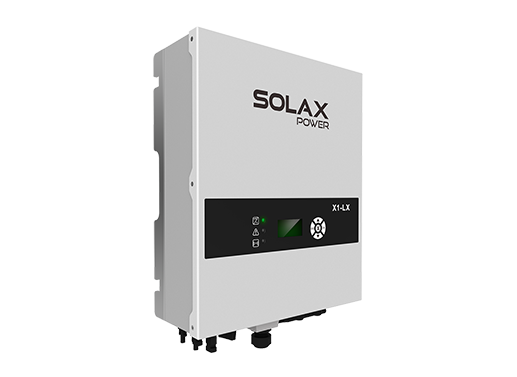
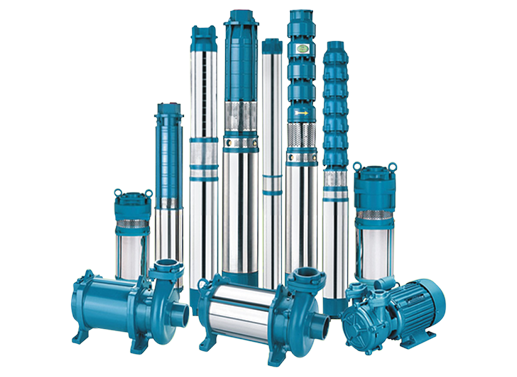


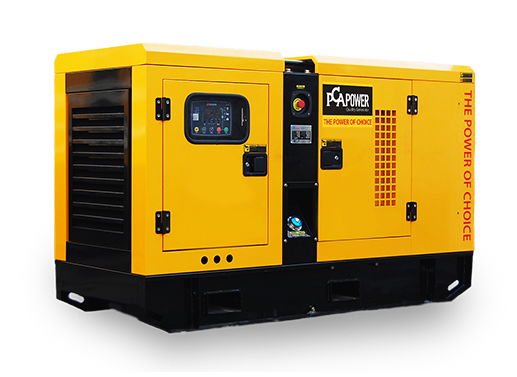
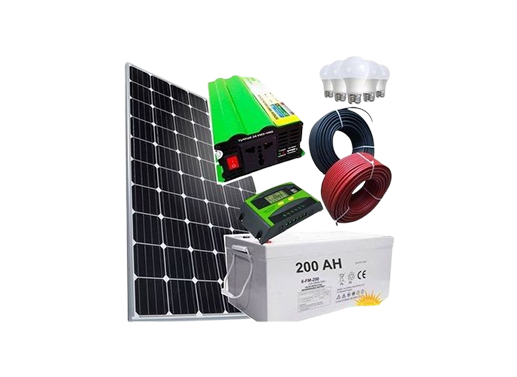

Reviews
There are no reviews yet.